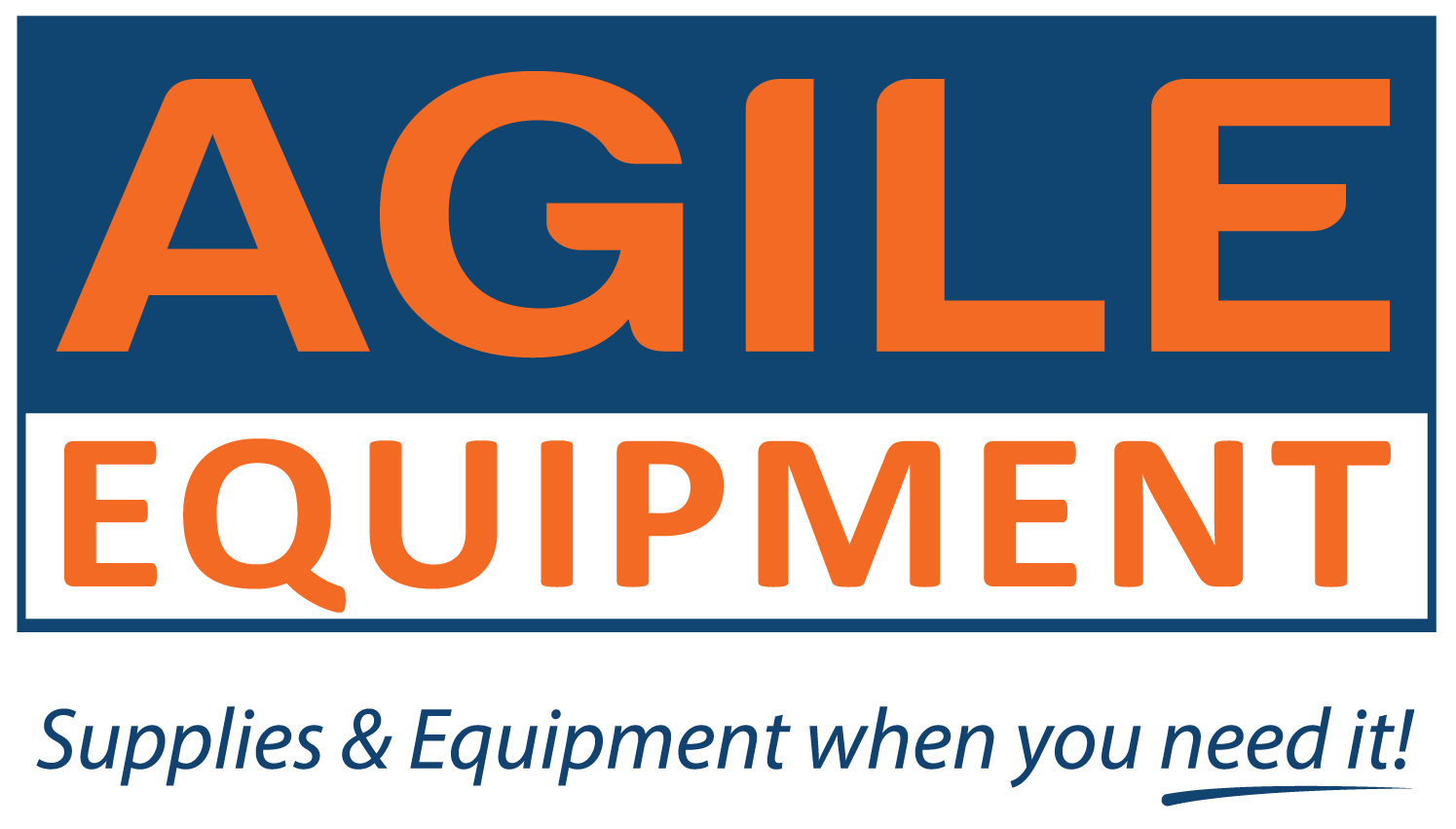Mould can always be problematic if the conditions are just right.
Nearby occupants can suddenly start feeling symptoms without knowing why; hence why mould is sometimes known as ‘the silent killer’.
You might have heard that dehumidifiers can help with mould, but what exactly does that mean? This article helps to explain the processes of using dehumidifiers,and how they can help with your mould situation.
HEPA Air Scrubbers – Remove mould from the air
First and foremost, dehumidifiers do not directly remove mould from an area. HEPA air scrubbers deal with this to a degree.
They help “scrub” the air of mould spores by taking in air and running it through a HEPA filter, capturing the mould spores before pushing them out the other end.
Agile Equipment sells and hire out these units and are very effective in creating healthy indoor air quality for mould jobs, hazardous dust control and hospital/clinic cleans.
See this article for more information:
Article – What is an Air Scrubber and what do they do?
What does mould need to grow?
Despite dehumidifiers not directly removing mould from the environment, they do help prevent environmental factors that help create mould.
To understand, lets first look at what mould needs to grow:
- Mould needs 3 sources in order to grow: oxygen, food and water.
- It can also be said that the temperature has to be in the general range of 25-30 degrees Celsius in order to promote growth.
- Since Oxygen is nearly everywhere, and mould can eat nearly any abundant organic matter, there’s not too much we can do in this regard, besides keeping everything very clean.
- However, mould cannot grow in dry environments. This is what a dehumidifier can help with.
Dehumidifiers – How they work
It’s in the name: de-humidifier.
It takes moisture out of the air—that is, it lowers the humidity.
Low grain refrigerant (LGR) dehumidifiers (the most common dehumidifier) work by taking in air and running it through freezing coils. These coils bring the air down to dew point, where moisture forms into droplets of water that get caught by the tray built inside.
Periodically, the dehumidifier will pump this water out through a clear small hose, in which its end is placed down a drain or sink. The cooled air is then pushed through a heating system heating the air up.
Heated air has a larger capacity to hold moisture and will absorb more when released back into the environment.
This is why humidity’s dew point and relative humidity can be different, depending on what temperature it is (how well can the air hold moisture) and how much moisture is currently in the air (RH: how full is the capacity of the air holding moisture).
In the end, introducing a dehumidifier to a moisture rich environment will actively remove moisture from the air, while making the environment better able to absorb moisture out of surfaces and materials. A dryer environment ensures mould cannot grow.
See this article for more information:
Article – How Dehumidifiers and Fans work together
Dehumidifiers and mould: What should I do?
This solution details what should happen in a small water damage/mould event, such as a wet patch of ceiling that has produced mould on the surface.
First and foremost, you want to remove the source that’s causing the moisture. Perhaps there’s a leaking washing machine, or a hole in the roof. Nothing can be done until that source is removed.
We recommend installing a HEPA air scrubber in the room, to scrub the air of mould spores.
Secondly, you want to physically remove the mould with microfibre cloths and an effective cleaning agent.
Additionally, afterwards, use a sanitiser to ensure the mould is killed. Ensure every surface is cleaned in the room, as mould spores can land anywhere.
Thirdly, once the mould has been removed and residual mould killed, we recommend using a dehumidifier and an air mover to direct dry air to the wet ceiling patch. When dry, you would have successfully removed moisture from the environment, removing the mould’s ability to grow back.
Dehumidifier & Air mover Drying Setup
Dehumidifier hire / best dehumidifier for mould
Here at Agile equipment, we both offer the purchase and hiring out of the dehumidifiers.
For your dehumidifier needs, we recommend the IAQ Pro Midas 70L, as an all-purpose dehumidifier that can cover small and large water damage events.
For more information, please check out our listings for our dehumidifiers for either our purchase or hire or contact us by phone or through our website.

